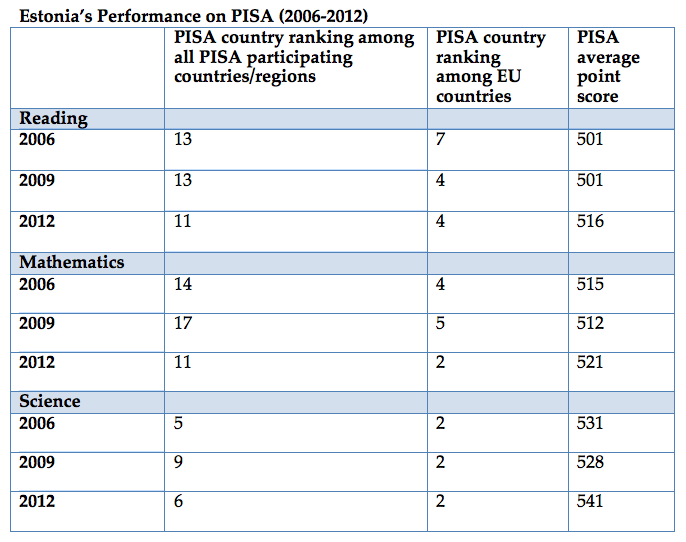What if their approach to CPD is part of their success? And what if we could bring the best ideas back to the UK and replicate their success in retaining and developing great teachers? And what if “Regular surveys of staff could help with retention.”we could do this remotely and help train the 69 million teachers UNESCO estimates are needed to give every child a good education by 2030?
With this in mind, here are my top six international ideas to consider... and ideas that UK schools can use to emulate them!
1. Invest more time
While every teacher will (probably) have experienced good and bad CPD in the UK, it’s unlikely they will have had as much as other leading countries. Research by the Education Policy Institute in 2016, based on the international 2013 TALIS project, showed that teachers spend 12 days per year in Singapore and 15 in South Korea on training – the English equivalent was four!
In the current financial climate, it would be a major challenge to increase English CPD to the level of South Korea, but schools should be prioritising the INSET days they have and making sure they are focused on delivering truly effective development – the Teacher Development Trust argues that as little as 1% directly improves classroom performance! However, if this is not always achievable, tools that can capture recommendations and examples of how a teacher can improve their teaching can highlight areas of need, as well as how effective INSET days are for training, showcasing that it they are a valuable investment in time.
2. Give teachers greater responsibility
Finland used to have a similar approach to the UK and offered day-long, school-organised CPD sessions that reflected the school’s priorities. In recent years, the country has realised the benefits of becoming more focused around teachers developing professional development programmes themselves.
Teachers are seldom asked what training they need - INSET is usually set to meet school priorities. Regular surveys of staff asking what they would most value in training would be a simple change to make, and could also help retention, as teachers feel listened to and valued. A brave alternative would be to outsource CPD planning to a committee of interested teachers from across the school.
3. Train throughout the year
Training in English schools is often focused around the statutory ‘INSET Days’, with limited time to follow up new ideas or concepts introduced in training. In Shanghai, teachers have regularly-scheduled (often weekly) groups throughout the year focused on training and development, working together on lesson planning and often involving external experts.
Regular ‘twilight’ learning is often embedded into leading schools in England – and is relatively easy to introduce. Taking the concept further, though, schools could incorporate technology into classrooms in order to improve teaching. For example, Shavington Primary School in Crewe uses video technology that captures every aspect of the lesson so that its teachers are able to reflect on their learning and allow for development throughout the year.
4. Personalise learning
Few teachers would consider delivering the same lesson to all of their students, some of whom were new to the school or subject, others with many years’ experience. Yet so many school INSET days are undifferentiated and run the risk of aiming too high or too low. Estonia insists on five years of individual professional development plans for new teachers, with central funding for necessary training.

Image credit: The National Center on Education and the Economy
A simple solution would be take Estonia’s lead and add a professional development plan to the performance management process. Common development needs could then be factored into the school’s regular CPD programme, with internal and external training courses (perhaps online?) used to fill the gaps.
5. Use external advice and mentoring
South Korea uses a ‘master teacher’ system, where experienced teachers take responsibility for training across different schools within a district. English schools have moved in the opposite direction in recent years, with the loss of both Local Authority specialist advisors and advanced skills teachers within schools. External mentors are common in initial teacher training, but can be based a long way from schools.
This is one area where the growth of Multi-Academy Trusts can add value. For example, the Norfolk-based Inspiration Trust has recruited subject specialists, and even offers subject-based training to other “Making use of internal talent and sharing best practice is cost-effective.”schools. Making use of internal talent and sharing best practice is a cost-effective, yet highly efficient way of developing knowledge. With increasing workloads becoming a challenge for teachers to spare resource beyond lesson planning and delivery, rather than sending multiple people to the same training course, try sending one or two representatives who can then present and share the outcomes of the session with other colleagues across the trust. If your school isn’t part of a trust, try thinking about local school or national subject networks you might be able to partner up with and learn from.
6. Make teaching more academic
In Finland, all teachers need Masters degrees, and develop strong research skills which they can apply to their continuing development. One example of this would be their ability to find academic research regarding training, educational developments and theories which can then be applied practically in the classroom. English schools have taken a different approach, with a significant number of options for school-based training - although organisations such as ResearchEd are making a valiant effort to retain the link between classroom teaching and academic research.
Many schools already encourage staff to take on further academic study, although support for this varies. The government has recently floated the idea of teacher sabbaticals - time that could be used for research. Perhaps an idea for a progressive school or trust to take on and differentiate themselves as an employer?
Want to receive cutting-edge insights from leading educators each week? Sign up to our Community Update and be part of the action!


















